Functional strength: Off-the-wall exercises to help improve your climbing
Even though we might be a bit biased, we think climbing is pretty great.
Climbing builds lean muscle while simultaneously shedding calories. Its popularity has rocketed in recent months, as celebrities like Jason Momoa and Brie Larson have been seen reaping the rewards of a good climbing workout.
So, if you’ve caught the climbing bug this year, and need some help getting to the top of your game, let us help. We’ve put together some of our favourite and most-effective off-the-wall exercises to make sure you’re always performing at your best.
The best bit? You’ve heard of all of these exercises before!
Shoulders
There’s no avoiding the fact that all climbers need arm strength, and having well-conditioned shoulders can be vital in preventing injury – especially in “overhead” sports like climbing. Building strength in your shoulders also helps strengthen your antagonist muscles. Your antagonist muscles are pairs of muscles across your body, that oppose the action of another (for example, when you bend your elbow, your triceps are antagonist).
Pull Ups
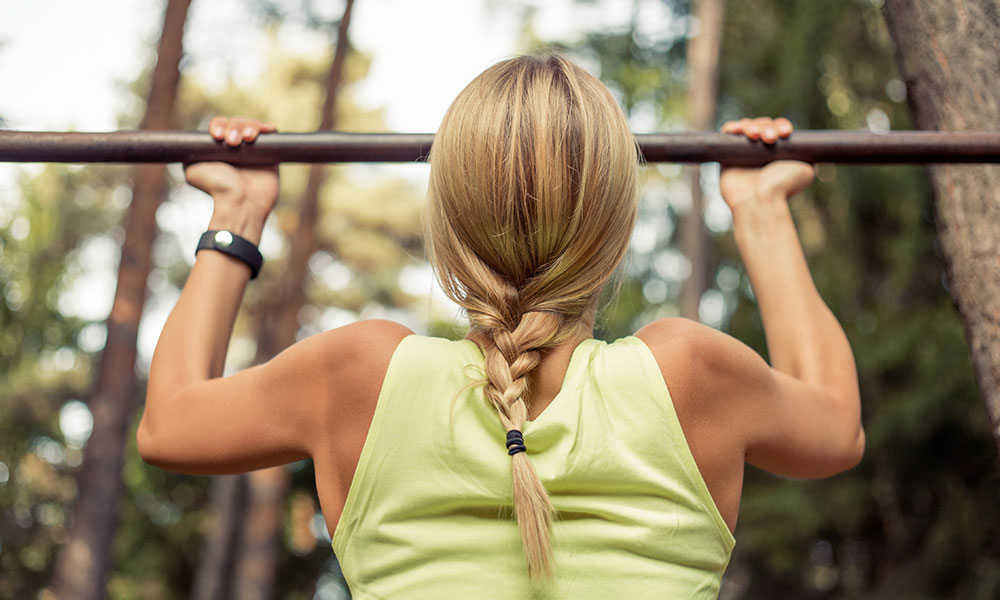
The pull up is one of the most popular exercises for climbers, both as a supplement and substitute exercise. Pull-ups are not only great for building strength in your shoulders, but also in your arms, back and core.
To get the most out of your pull-ups, try using an overhand grip (instead of an underhand grip, with your fingers facing towards you) – this engages more of your back and shoulder muscles while mimicking the actions that you expect to undertake when climbing.
Push-Ups
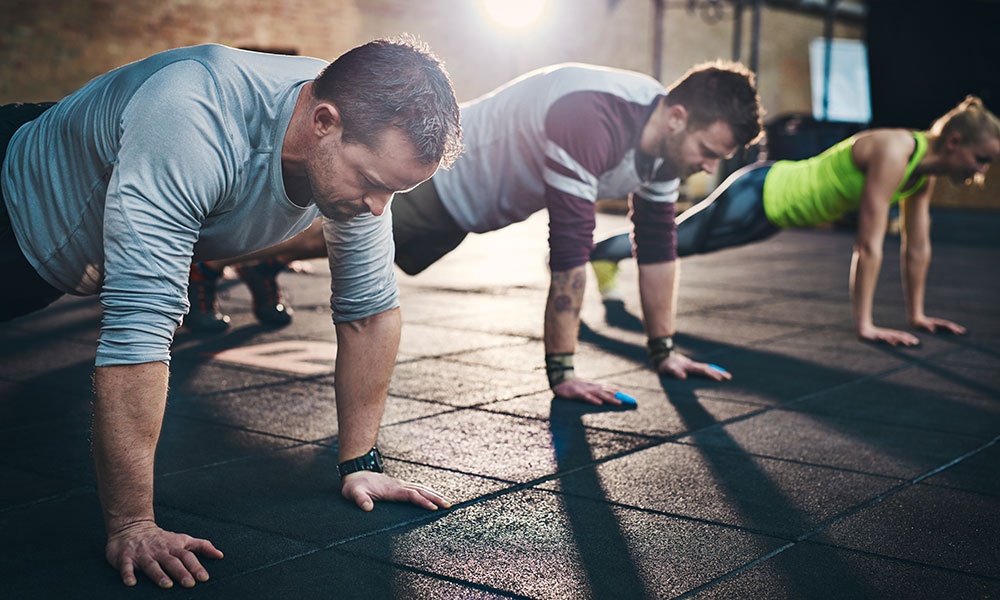
When Alex Megos was asked about his top three training tips for other climbers, he said: “Antagonist training, antagonist training, antagonist training.”
Being able to push yourself up is one of the most important parts of climbing – hence why climbers need to have strong shoulders. Push-ups are the most basic form of antagonist training – but very few people know how to do a push-up properly (and can’t reap the same rewards as a result).
Not only are push-ups great for your shoulders, but they also help your chest muscles, arms and core. Make sure to keep your body straight and stomach muscles tight when doing your push-ups – otherwise, you won’t feel like you’ve done a workout at all!
Tricep Dips
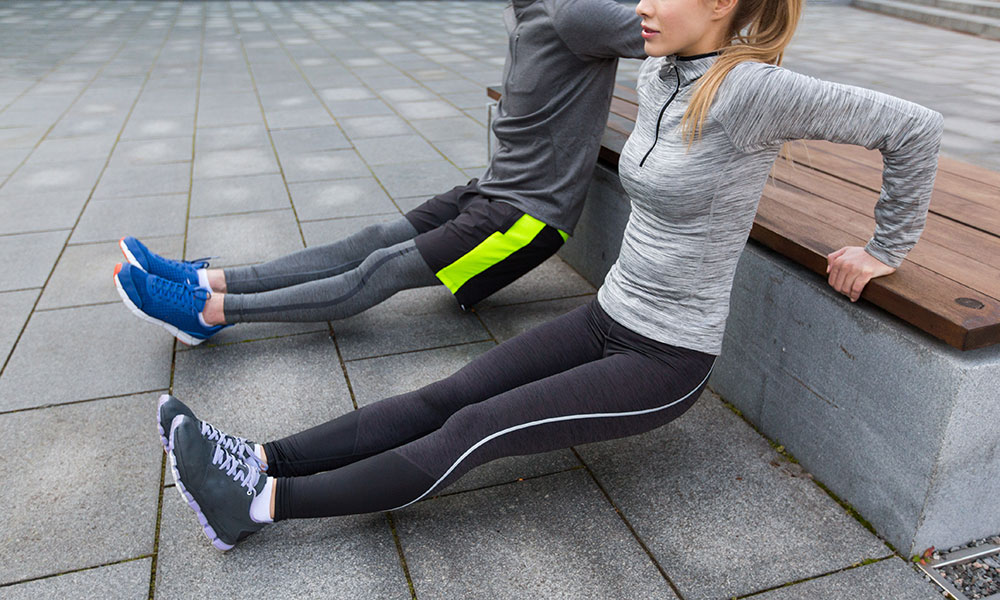
Like push-ups, tricep dips are another simple exercise that is great for working your antagonist muscles. Tricep dips work your shoulders, chest and core, and are also great for toning your arms – and require little more than a surface (like a chair or bench) that can support your weight. As with push-ups, control is key – otherwise, you won’t feel or see the benefits.
Core
A strong core will help reduce the chance of you getting injured while helping improve the accuracy of your footwork and movement. Plus, if you’re ever stuck at home for the evening, you can still work your core – all you need is a floor!
Plank
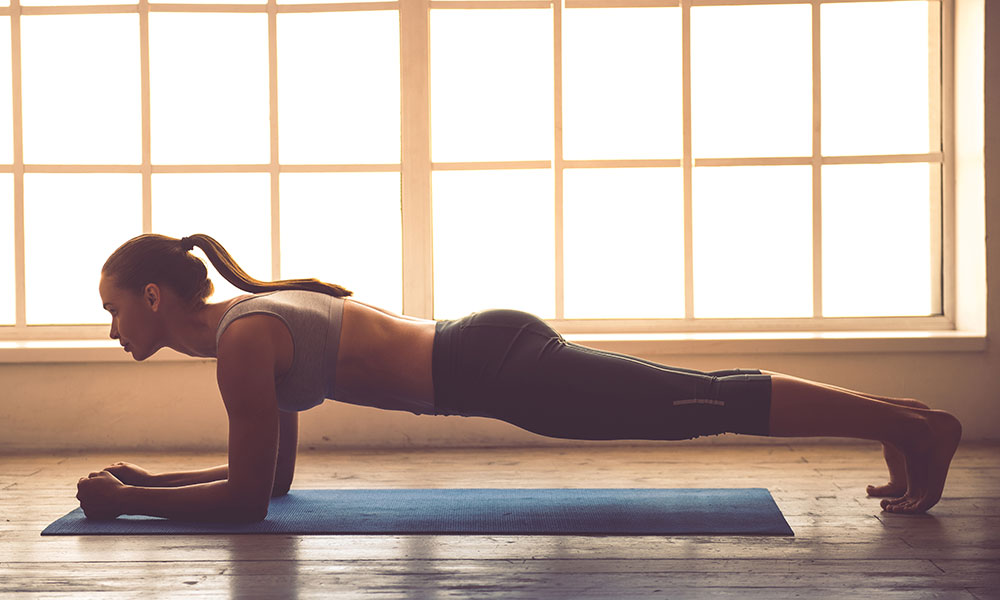
A simple, yet effective exercise.
In its simplest form, the plank relies on your being able to maintain the push-up position for as long as possible – and not only will it help your climbing, but is also great for toning your stomach, improving your posture and maintaining your flexibility. Planks engage multiple muscle groups at once with minimal movement, making them an essential exercise for strengthening your core.
Bar Hangs
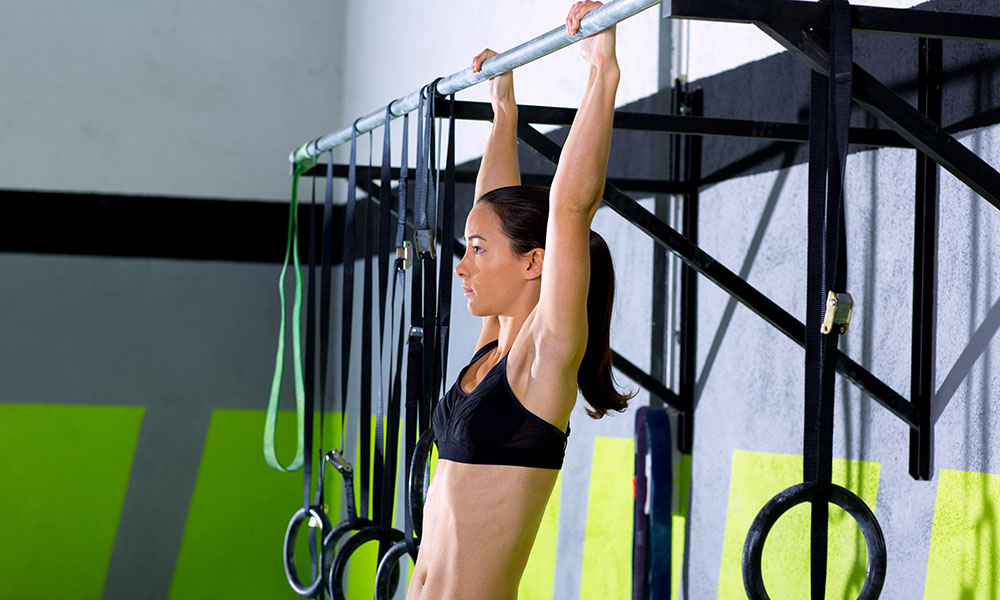
Bar Hangs will help build both your core strength and grip, which are naturally two vital components of being able to climb efficiently.
Another simple exercise, bar hangs build endurance while giving you a core workout at the same time. Just make sure you’re keeping your body straight at all times while reducing how much you swing. Reducing your swinging will tighten your stomach and leg muscles, improving the effectiveness of the activity.
Six Inches
Six inches (or leg lifts) are one of the easiest exercises for strengthening your core, by working the lower abdominal muscles and helping improve your posture.
Like the plank, leg lifts rely on the idea that you lie flat on your back with your lower legs elevated around six inches off the ground (hence the name). You can either complete it in reps or by seeing how long you can hold the position for!
Back
A strong back will support all your climbing ventures. Not only does a strong back help stabilise your spine, but it also improves your posture and helps your general climbing performance a lot. Plus, our favourite back exercises that they can easily work alongside the other exercises we’ve mentioned, meaning you can easily get a full-body workout, even when you’re off the wall.
Farmer’s Walk
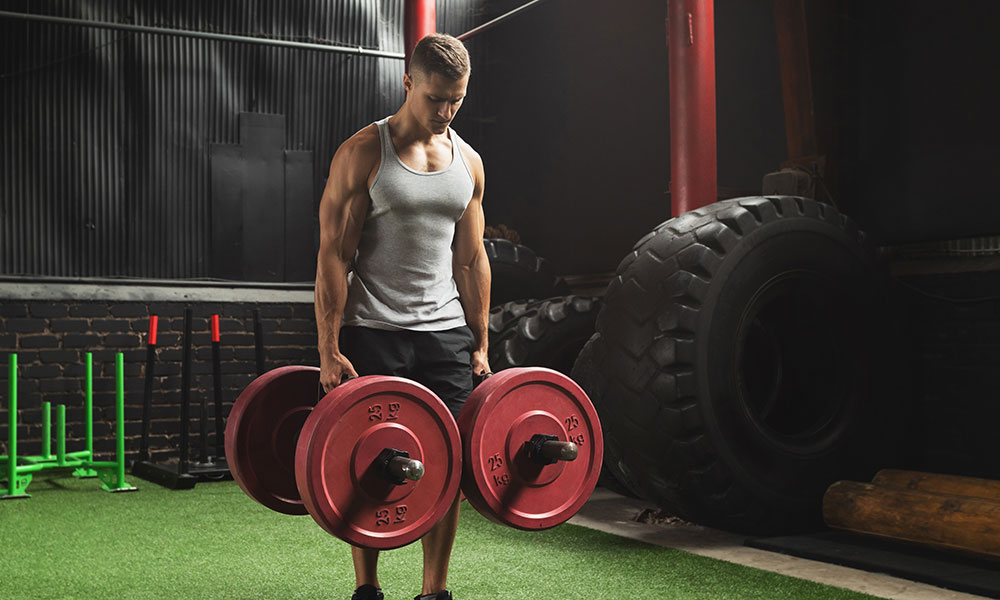
Popularised by The World’s Strongest Man, Farmer’s walks (or loaded carries) revolve around your ability to stabilise your posture while carrying weights that are at the high-end of your comfort zone.
Loaded carries are great for building the strength in your upper back and tightening your core. They can be carried out over either distance or time – or, if you really want a challenge, for as long as possible.
Bridge
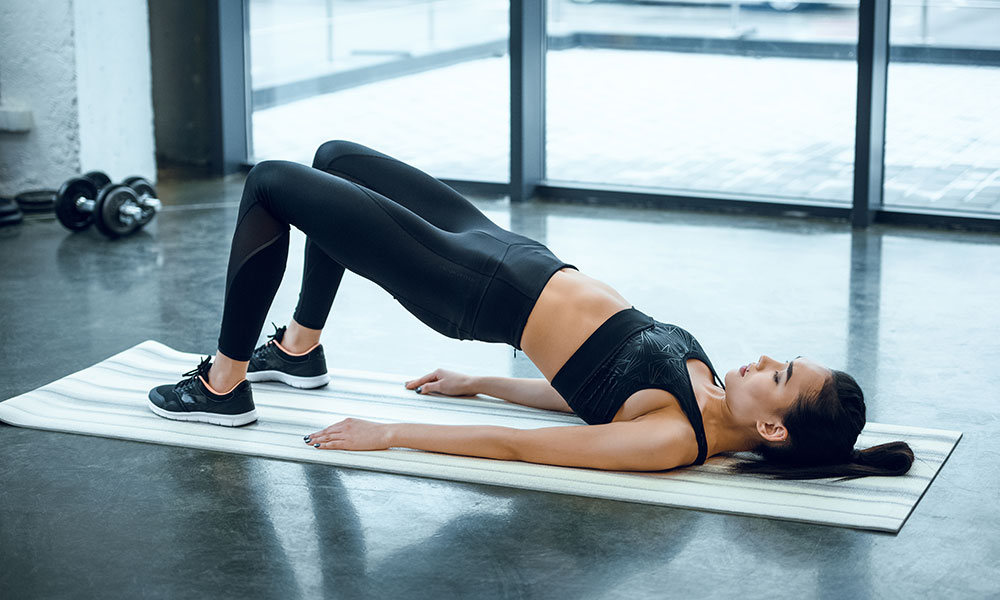
As an exercise, the bridge is great for isolating and strengthening your glutes, which are vital for supporting your lower back. Bridges can also help strengthen your hamstrings, lower abdominal muscles and even stabilise your posture. Naturally, the bridge is also a fantastic exercise for strengthening your antagonist muscles.
To summarise…
Functional strength exercises – like any that we’ve mentioned above – are an excellent way of building muscle mass to support your climbing performance, while minimising your risk of injury. Paired with the broader physical and mental health benefits of climbing, it’s safe to say that climbing will remain the on-trend sport for the months to come.
